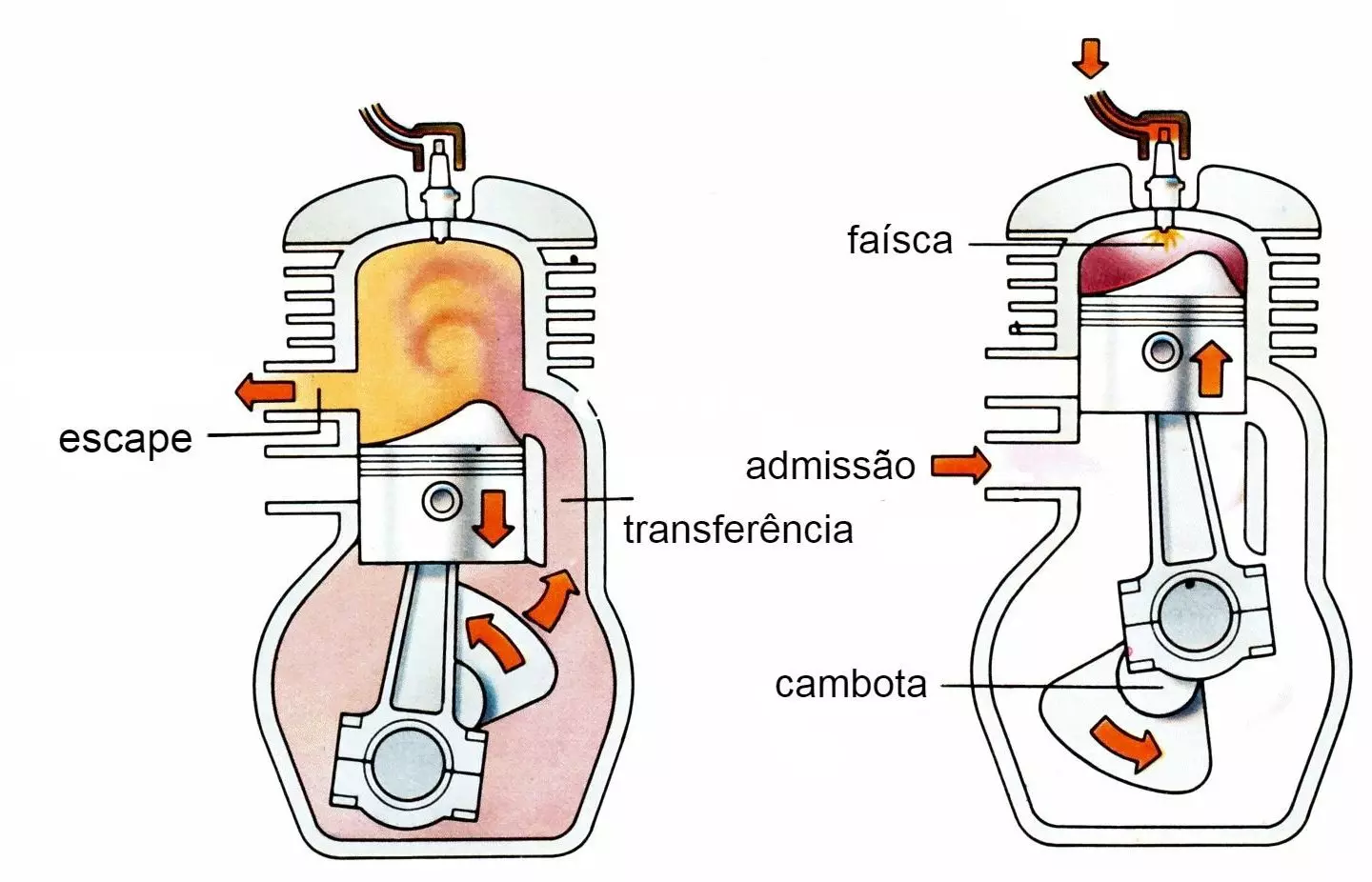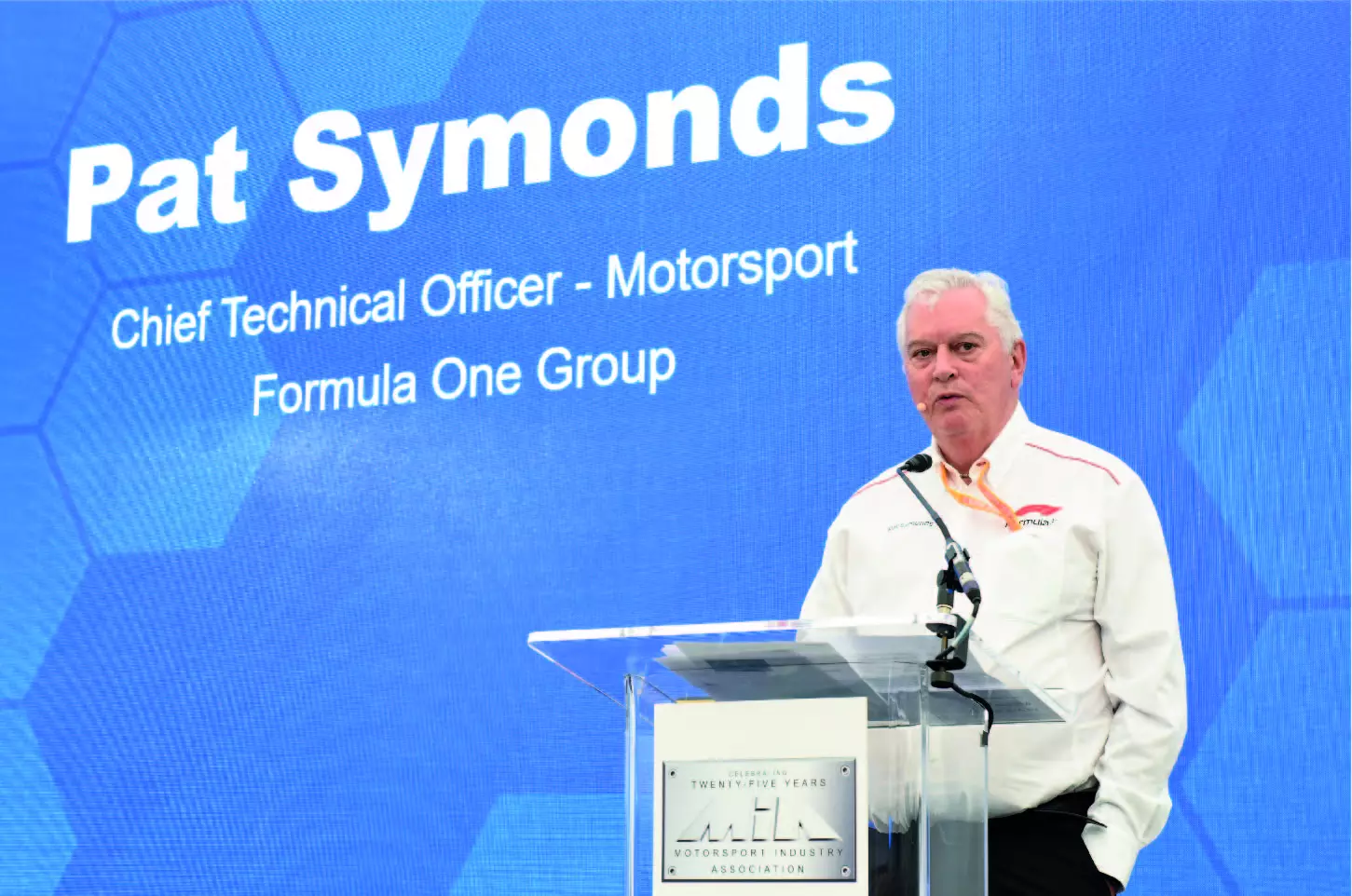to find two stroke engines in automobiles we have to go back a long way in time — one of the best known examples is the small two- and three-cylinder DKW. Today it is a type of engine that is essentially confined to small motorcycles, lawn mowers, small boats, etc.
There are also large two-stroke internal combustion engines, in fact, one of the largest, if not the largest internal combustion engine in the world is a two-stroke engine: the Wärtsilä-Sulzer 14RT-flex96C.
There was still an attempt to resurface in the 90s, and several prototypes were presented in this direction, for example, by Ford and BMW, but they would definitely be abandoned for one reason only: emissions.

2-stroke engines.
two strokes four strokes
Two-stroke engines are so called, as they achieve combustion of an air-fuel-filled cylinder in a single revolution, unlike four-stroke engines (the norm today), which require two revolutions to do so.Subscribe to our newsletter
They have several advantages over four-stroke engines: they're simpler and lighter, they're easier to maintain, they get more power for a four-stroke engine of equal capacity, and they can work in any position as there's no concern about oil flow (Lubrication is done by mixing oil with fuel and they do not have valves).
But as we mentioned, their emissions are one of their biggest problems. . This is due to its operation where, as mentioned above, the engine is lubricated by mixing the oil itself with the fuel, justifying the typical bluish-toned gases that are expelled from the exhaust, in addition to which fuel is also not properly burned.
The return?
Two-stroke engines seemed to be doomed, even on mopeds, but in recent years we have seen a resurgence of these, especially on two wheels. Brands such as KTM have been at the forefront of two-stroke engine evolution, introducing technologies such as direct fuel injection.
These innovations, among others, are causing two-stroke engines to recover and even surpass four-stroke engines in emissions and even efficiency, so there is renewed focus on these types of engines… even in Formula 1.
That's what we glean from the words of Pat Symonds, Formula 1 technical director, at an energy conference at the Motorsport Industrial Association.

According to him, perhaps the best path for the future of Formula 1 powertrains may lie in two-stroke engines (a measure being considered for the premier class of Moto GP as well) — change, if all goes as intended. , could happen as early as 2025:
Much more efficient, great sound coming from the exhaust, and many of the problems with the old two times are no longer relevant today. Direct injection, supercharging and new ignition systems are enabling new forms of two-stroke engines to be very efficient and very emissions-friendly. I think there will be a good future for them.
But shouldn't we all be thinking about electrics?
Formula E, made up of 100% electric single-seaters, has captured all the attention, giving a glimpse of what the future of clean and efficient motorsport could be.
Pat Symonds believes that, while maintaining the bet on combustion engines (nowadays partially electrified), during the next seasons Formula 1 will be considered (more) "green" thanks to the use of synthetic fuels - already discussed in the Automobile Reason - that combine carbon dioxide (CO2) captured from the air with hydrogen.
The future of Formula 1 could be, thus, with two-stroke engines, with Symonds also mentioning the possibility of having engines with opposite pistons (as opposed to opposite cylinders) — with an efficiency of around 50%. From his point of view, the internal combustion engine still has a long future ahead:
There is nothing wrong with electric motors, but there are reasons why they are not the solution for everyone. The internal combustion engine has a long future. A future that is longer than many politicians imagine, because politicians are betting everything on electric vehicles. I think there is a very strong possibility that there will be an internal combustion engine. But maybe it works on hydrogen.
